Mini cory - Corydoras nanus
Scientific name: Corydoras nanus
Common name: Mini cory
Family: Callichthyidae
Usual size in fish tanks: 4 - 5 cm (1.57 - 1.97 inch)
014
Recommended pH range: 6 - 7.5
Recommended water hardness: 2 - 12°N (35.71 - 214.29ppm)
0°C 32°F30°C 86°F
Recommended temperature range: 22 - 26 °C (71.6 - 78.8°F)
The way how these fish reproduce: Spawning
Where the species comes from: South America
Temperament to its own species: peaceful
Temperament toward other fish species: peaceful
Usual place in the tank: Bottom levels
General Information
Corydoras nanus—often sold as the “Mini Cory” or “Little Corydoras”—is a small, peaceful armored catfish from the Maroni and Suriname river basins (Suriname) and the Iracoubo basin (French Guiana). It inhabits shallow creeks with sandy or sandy-mud bottoms and gentle flow. Adults typically reach 4–5 cm (SL), remaining smaller than many popular Corydoras.
Critical notes: the true C. nanus is rare in the trade; fish labeled “nanus” are frequently similar species (often Corydoras cf. elegans) exported from Peru. Verify ID before pairing for breeding or writing species labels. Distribution is not “Central & South America” but specifically Suriname and French Guiana.
Food & Feeding
Omnivorous micro-predator. Provide sinking micro-pellets or fine granules as a staple, plus small frozen/live foods: baby brine shrimp, daphnia, cyclops, finely chopped bloodworms. Supplement with spirulina/vegetable wafers. Feed small portions 1–2× daily so food reaches the bottom and does not foul the substrate.
Sexing
As with many Corydoras, females become fuller-bodied (viewed from above) and may be slightly larger; males are slimmer. Clear sex differences are easiest to see in mature groups.
Breeding
Egg-scattering “T-position” spawner. Although specific reports for C. nanus are scarce due to its rarity, captive methods mirror other small Corydoras: use a separate tank with fine-leaf plants or spawning mops, soft (GH low), slightly acidic to neutral water, and subdued light. Condition adults well; a cooler, oxygen-rich water change often triggers spawning at dawn. Remove adults post-spawn. Eggs typically hatch in ~3 days (temperature-dependent); begin with infusoria/microfoods, then newly hatched brine shrimp once the yolk is absorbed.
Lifespan
Commonly 5–8 years in aquaria, potentially up to ~10 years with excellent husbandry (stable water, good oxygenation, quality diet).
Tank Requirements & Water Parameters
- Group size: shoaling species; keep 6–10 for natural behavior and confidence.
- Minimum tank length: 60 cm (24″) for a small group; larger is better.
- Substrate: soft sand (or very smooth, rounded fine gravel) to protect barbels; avoid sharp gravel.
- Filtration & flow: gentle to moderate flow, high oxygenation; provide leaf litter/driftwood and shaded areas.
- Temperature: 22–26 °C (71.6–78.8 °F).
- pH: 6.0–7.5; hardness: ~2–12 °dH. Stability matters more than the exact number.
- Maintenance: weekly water changes (25–35%); avoid sudden parameter swings.
Compatibility & Tank Mates
Peaceful bottom dweller that pairs well with small, non-aggressive tetras/rasboras, dwarf rainbowfish, and other calm species. Combine with other Corydoras only if substrate space is ample and food reliably reaches the bottom. Avoid large/boisterous tank mates that may outcompete or stress them.
Behaviour & Usual Place in the Tank
Active bottom-level forager, most confident at dusk/dawn. Will “gulp” air occasionally—facultative air-breather—which is normal but also underscores the need for good surface agitation and clean water.
Short Description
Corydoras nanus is a true “mini” cory from Suriname and French Guiana: peaceful, social, and best over soft sand with high oxygenation. Keep in a proper shoal, feed varied small foods, and expect gentle, endearing bottom-level activity. Check identification—many fish sold as “nanus” are actually look-alikes.

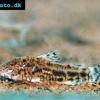 Aspidoras
Aspidoras 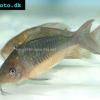 Giant
Giant 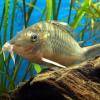 Hognosed
Hognosed 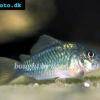 Emerald
Emerald 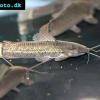 Cascarudo
Cascarudo 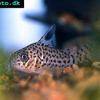 Acre
Acre 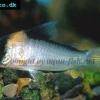 Adolfo’s
Adolfo’s 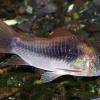 Bronze
Bronze 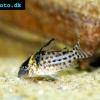 Agassizii’s
Agassizii’s 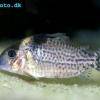 Spotted
Spotted 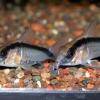 Skunk
Skunk 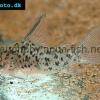 Corydoras
Corydoras 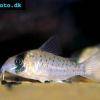 Fairy
Fairy 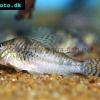 Corydoras
Corydoras 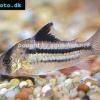 Pink
Pink 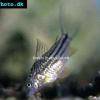 San
San 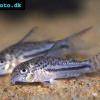 Bond’s
Bond’s 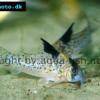 Spotted
Spotted 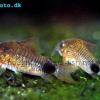 Tailspot
Tailspot 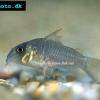 Concolor
Concolor 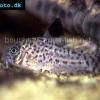 Cope’s
Cope’s 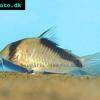 Sand’s
Sand’s 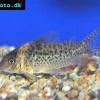 False
False 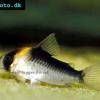 False
False 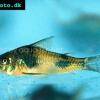 Ehrhardt’s
Ehrhardt’s 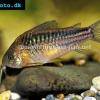 Elegant
Elegant 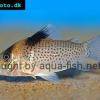 Saddle
Saddle 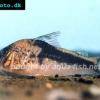 Fowler’s
Fowler’s 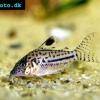 Gomezi
Gomezi 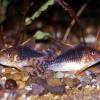 Palespotted
Palespotted 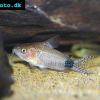 Guapore
Guapore 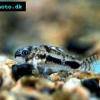 Dainty
Dainty 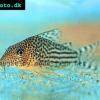 Mosaic
Mosaic 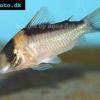 Imitator
Imitator 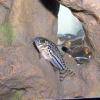 Julii
Julii 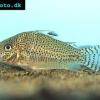 Leopard
Leopard 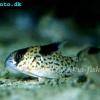 Black
Black 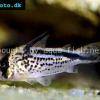 Slant-bar
Slant-bar 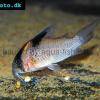 Bluespotted
Bluespotted 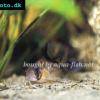 False
False 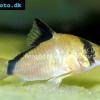 Bandit
Bandit 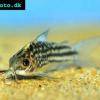 Napo
Napo 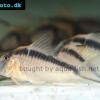 Corydoras
Corydoras 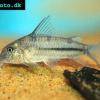 Blue
Blue 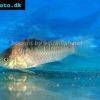 Nijssen’s
Nijssen’s 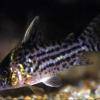 Ornate
Ornate 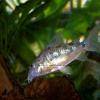 Peppered
Peppered 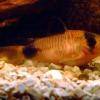 Panda
Panda 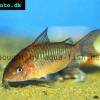 Albertini
Albertini 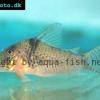 Pastaza
Pastaza 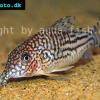 Corydoras
Corydoras 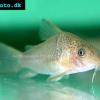 Many-spotted
Many-spotted 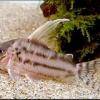 Pretty
Pretty 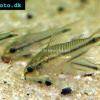 Dwarf
Dwarf 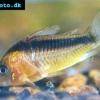 Iridescent
Iridescent 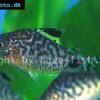 Reticulated
Reticulated 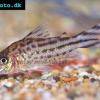 Bannertail
Bannertail 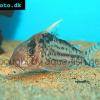 Robust
Robust 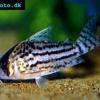 Schwartz’s
Schwartz’s 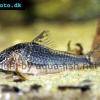 Black
Black 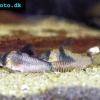 Longnosed
Longnosed 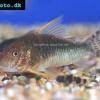 Seuss’
Seuss’ 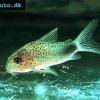 Smudge
Smudge 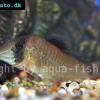 Masquerade
Masquerade 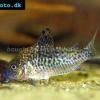 False
False 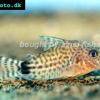 Millenium
Millenium 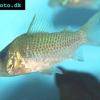 Pinkthroat
Pinkthroat 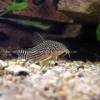 Sterba’s
Sterba’s 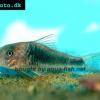 Longsnout
Longsnout 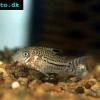 False
False 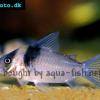 Miguelito
Miguelito 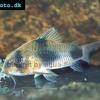 Twosaddle
Twosaddle 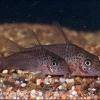 Xingu
Xingu 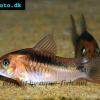 Black
Black 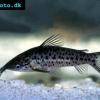 Porthole
Porthole 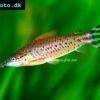 Flagtail
Flagtail 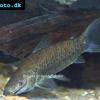 Brown
Brown 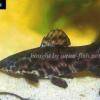 Spotted
Spotted